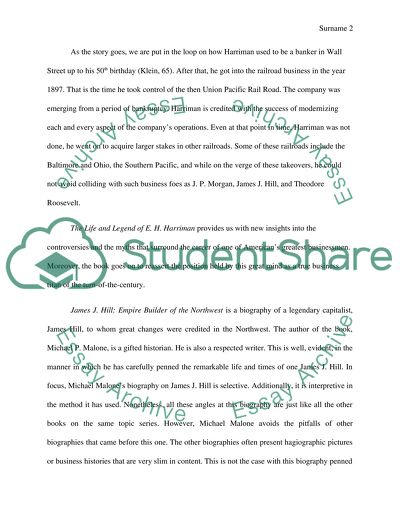Cite this document
(“James J Hill and E H Harriman Compare and Contrast Term Paper”, n.d.)
James J Hill and E H Harriman Compare and Contrast Term Paper. Retrieved from https://studentshare.org/history/1448949-james-j-hill-and-e-h-harriman-compare-and-contrast
James J Hill and E H Harriman Compare and Contrast Term Paper. Retrieved from https://studentshare.org/history/1448949-james-j-hill-and-e-h-harriman-compare-and-contrast
(James J Hill and E H Harriman Compare and Contrast Term Paper)
James J Hill and E H Harriman Compare and Contrast Term Paper. https://studentshare.org/history/1448949-james-j-hill-and-e-h-harriman-compare-and-contrast.
James J Hill and E H Harriman Compare and Contrast Term Paper. https://studentshare.org/history/1448949-james-j-hill-and-e-h-harriman-compare-and-contrast.
“James J Hill and E H Harriman Compare and Contrast Term Paper”, n.d. https://studentshare.org/history/1448949-james-j-hill-and-e-h-harriman-compare-and-contrast.


